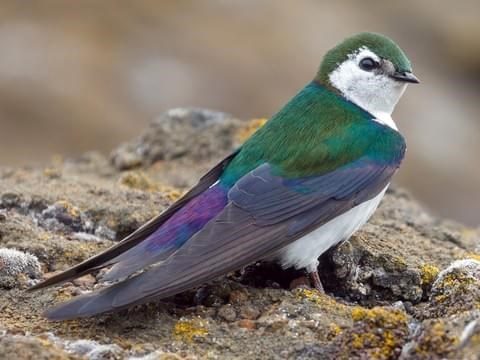It’s March, and therefore springtime on the Sunshine Coast! The winter has been clearly divided into two parts, an earlier warm, wet season and then a cold and snowy February with temperatures consistently struggling to get above freezing in the daytime and the longest run of overnight sub-zero temperatures that I can recall. In late January many flowers and shrubs were ready to bloom, but the freezing weather put a stop to that idea. Finally, though, the crocuses are in bloom in the last few days.
In the first few days of February there was news of the occasional swallow appearing in B.C. This is not unusual as the birds are always anxious to get a jump on the season. There are no reports since the cold weather hit and we are left to wonder whether the birds succumbed to the frigid temperatures and the resultant lack of insects, or did they simply turn around and head south again? In a normal year the first swallows often appear on the Sunshine Coast in the first half of March and the first swallow of the year, like the dove with the olive branch in the Biblical story, tells us that we have survived the flood for another year. Let the summer begin!
Along with the violet-green and tree swallows, the first truly migratory species to appear on the Sunshine Coast are yellow-rumped warblers in mid-month and rufous hummingbirds in the third week of March. There are always a few “early birds” so keep your eyes peeled! Another early-arriving migratory species is the turkey vulture, so watch overhead for the distinctive wobbly flight and V-shaped profile of this bird.
Among the species that spend the winter with us there are signs of the imminent season. Robins are beginning to appear in numbers and are becoming more vocal. In the marshes, red-winged blackbirds are very voluble. In the forest, Pacific wrens will soon be singing their hearts out. In gardens and wetlands, it will be song sparrows, and in second-growth forest the inconspicuous Hutton’s vireo will reveal its presence with its boring “zu-weep” song. Another aural sign of spring will be the territorial drumming of the five local species of woodpeckers on snags, chimneys and other parts of your house!
To report your sightings or questions contact [email protected] or 604-885-5539.
Good birding.



